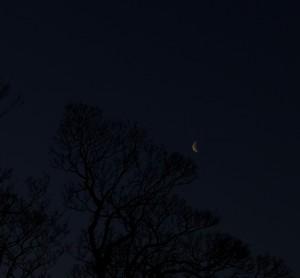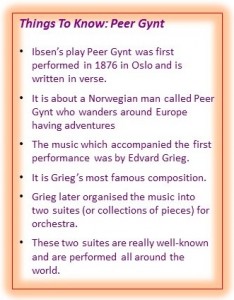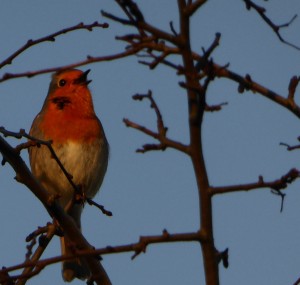Morning Moods
Categories: Composing Activities for Classes, Listening starters for schools, Music Activities for schools
 Four listening and composing activities for youngsters inspired by Grieg’s “Morning” from his Peer Gynt Suite No. 1.
Four listening and composing activities for youngsters inspired by Grieg’s “Morning” from his Peer Gynt Suite No. 1.
1. Grieg Creates a Morning Mood
- Listen to the movement several times and note how Grieg uses the instruments and music to create the moods and events of morning.
- How does he depict things being asleep then coming awake?
- How does he depict the sun coming up?
- He starts off with solos and quiet, non-busy accompaniment – these are longish flute and oboe solos with held chords in the strings. He wakes the solos up by having the flute and oboe play shorter bits of tune, then repeating shorter bits with slightly louder accompaniment
- Then all the stringed instruments play the melody and louder instruments (woodwind and brass) play the accompaniment. The accompaniment is still not very busy, but it becomes louder and louder.
- This time the melody is shorter and we move onto new music. This new music is characterised by quick crescendos and diminuendos which tend to add to the feeling of excitement or waking up after a sluggish start. This new theme also has shorter phrases, spurring the music along.
- Then, the opening theme comes back with a faster accompaniment, new instruments playing the melody like horns, clarinet and bassoon, shorter phrases and repeats of tiny fragments.
- There are two dramatic silences which give extra significance to the final chord, which I believe is when the sun finally can be said to be up.
- Forget the music for a while and think about what happens and what changes at the very beginning of the actual morning?
- It’s dark, it becomes hazy light, it becomes bright light.
- We can’t see things, shapes and colours slowly emerge, we can see details.
- We are asleep, we are awake, we are alert.
- We are sleepy and sluggish, we eat food, we wash, we are eager and ready for action.
- The sun is not there, there is a hint of the sun, the sun rises.
- Things rise – the sun, people, plants.
- There is quiet, there is noise – things waking up, birds, alarm clocks
- Choose one or two of these characteristics of morning and compose musical ideas that reflect the events and moods you have chosen.
- Combine your ideas together into a longer piece of music.
- Use some of Grieg’s techniques for developing your musical ideas, such as using different instruments on the same idea, having busier or quieter accompaniment ideas, changing the dynamics, using fragments of ideas and repeating them….
- Perform your music to each other or another class. Which piece conjures up the best picture morning? How could you improve your own work?
3. Sounds of Day and Night
- Go outside and listen to the sounds you hear. Make a note of them.
- Recreate the sounds in the classroom using anything you can find, or voice sounds.
- Put the sounds together into a class soundscape.
- Think of the structure of your soundscape – How will you begin and end? Where will the most exciting parts of your soundscape be? When will you introduce new sounds?
 Homework – Go outside for ten minutes just before you go to bed and make a list of all the sounds you hear. Or you could open your window and listen to everything you hear from your room, inside and out.
Homework – Go outside for ten minutes just before you go to bed and make a list of all the sounds you hear. Or you could open your window and listen to everything you hear from your room, inside and out.- Report back to class on new sounds that weren’t there in the morning, and other sounds that had disappeared.
- You might notice less traffic noise, TV, late night revellers, sounds might be more distinct because there are less of them, quieter sounds could now become more audible.
- Make a wall chart or piece of art that reflects the two soundscapes you heard.
- Compose a new class soundscape about night sounds which reflect the changes you noticed.
4. Advanced Listening Skills
- Listen again to “Morning”.
- All these things happen in the music. In which order do they happen for the first time?
Bassoon solo Clarinet solo Flute solo Lots of violins playing a tune Cellos playing a tune Horn solo Oboe solo Violins plucking the strings instead of using the bow. This is called pizzicato. A silence A drum plays
- You might need to listen more than once.
- Here are the answers:
1. Flute solo 2.Oboe solo 3.A drum plays 4.Lots of violins playing a tune 5.Cellos playing a tune 6=Horn solo 6=Violins plucking the strings instead of using the bow. This is called pizzicato. 7.Clarinet solo 8.A silence 9.Bassoon solo






No comments yet.